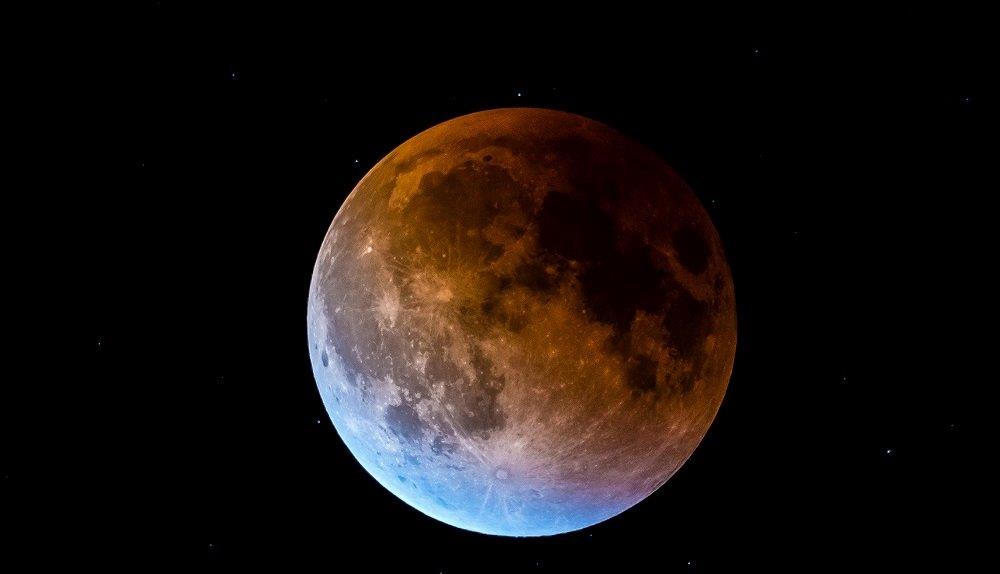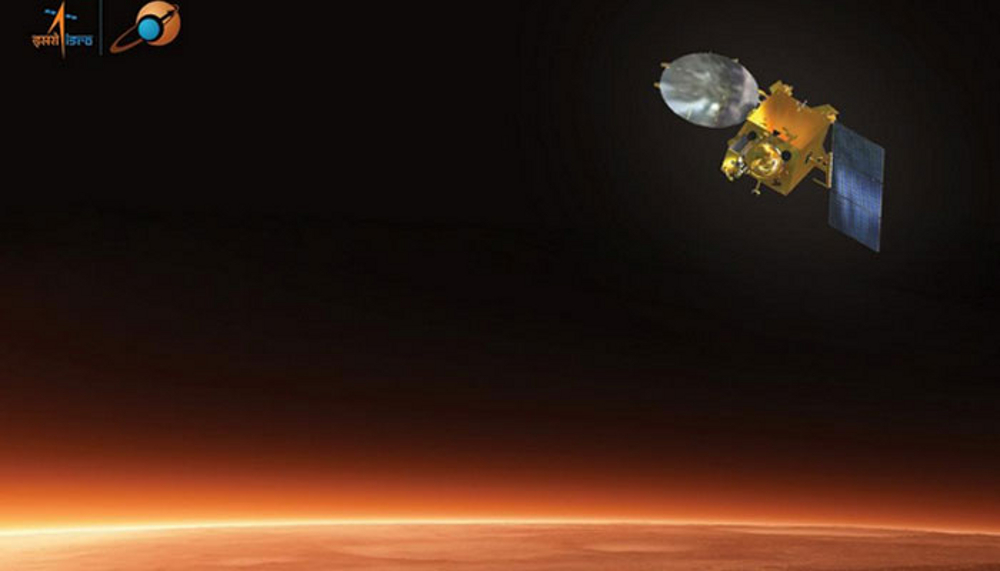
Super Blue Blood Moon 2018: Things you must know
As the NASA is calling it up ‘Super Blue Moon’, here are the three rare events which occur first time in last 150 years together making it a super-exciting deal for you – a blue moon, total lunar eclipse and a supermoon. So, what a blue moon is all about and how it all happens is the first thought that must erupt in each mind by now?
Let us see how it is all about
What is Super Blue Blood Moon?
As the name seems to be picked up from some Marvel Superhero Story – ‘Blue Moon’ which gives an impression, if a moon is turning blue but the reality is far off. The technical definition of a blue moon is the second full moon appearing in a single calendar month. So, in January as the full moon has already occurred on January 1, 2018, this will be the second time in this month the full moon will appear.
As the Earth, the Moon and the sun will line up together, the Earth will cast the shadow on moon causing its red tinge, and the moon will appear to be ‘deep red’ due to total lunar eclipse.
Now, let us evaluate ‘super’ about this Blue Blood Moon which signifies that the moon today will be 30% brighter and 14% bigger than the usual ones. This is because of the fact that today the full moon shall be at the closest point of its orbit to Earth than the usual full moon which is usually at its farthest point from Earth.
A rare phenomenon!
In March 1866 was the last time, when a Blue moon has coincided total lunar eclipse within the United States which is approximately 150 years ago. However, it is worth notable that all these three events – the lunar eclipse, blood moon and blue moon are separately common, but all these three events happening together at the same time is one of the rarest phenomena. Supermoons generally appear 3-4 times a year and the last total lunar eclipse occurred in September 2015.
Best time to see it in India at Different parts.
As the super blue blood moon shall be visible on January 31st, 2018, the natural satellite will rise at 5:51 AM EST and will set at 11:08 AM EST. The Indian Standard Time (IST) for the same shall be 4:21 PM for the rise to 9:38 for the set. The entire event can be observed by the residents of Australia, Northwestern US, Siberia, Canada and Australia. However, South America, Europe and Major Section of Africa cannot observe it.
The first viewers in India shall be from North-East who can witness this rare phenomenon starting from 4:21 PM and closing at 5:28 PM IST for them. This celestial event will be visible from the parts of Rajasthan and west coast from 6:21 PM to 7:37 PM IST. While Rest of India will witness the event between 5:18 PM IST to 6:21 PM IST.
Watching a Super Blue Blood moon with a naked eye!
During the Solar eclipse, to protect your eyes from harmful rays, it is mandated to view it from special viewing glasses which are crafted out of solar filters. Unlike your typical glasses, these special glasses are 100 times darker and extend an extra protection to your eyes. But the special event occurring this January 31st requires no special protection and you can view the entire phenomenon with a naked eye. Yes! The various astounding phases of this Super Blue Blood Moon (partial phase – part of the moon passing through shadow as well as a total phase – entire moon passing through shadow) can be seen with the naked eye without any requirement of any fine sans fancy eyewear.
You may also witness this amazing lifetime phenomenon in your cosy bed over your laptop or television screens, courtesy NASA. So, don’t miss this rare occurrence as you are one of the blessed generations to experience it.






No Comment